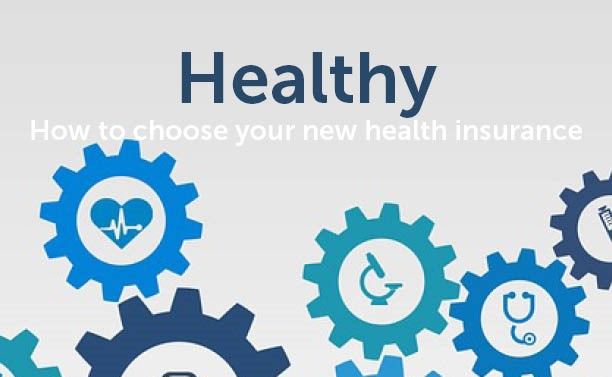Decision-making in healthcare
Lots of treatments and medicines are not financed by insurers, because they are too expensive compared to the health-effects they give. The minister of public health, welfare and sport decides whether a treatment is reimbursed by the basic health insurance. If not, the patient has to pay for the treatment by itself, which mostly is not possible because of the price.
The 25th of October, good news came out for patients with cystic fibrosis. A medicine called Orkambi will be included in the basic health insurance. In advance to the good news, minister Schippers announced that the medicine would not be included because it would cost too much. Of course, this led to angry patients, patients’ families and society. They said that if a treatment works, it should be paid for. But unfortunately, not every treatment can be included in the basic health insurance, because this would mean that either health premiums rise enormously or the government needs a bigger budget for health. The health-budget can not be bigger, because then less money can be spend on, for example, safety, the army and education. So, how does minister Schippers decide whether a treatment will be reimbursed or not?
First of all, you need to decide whether a decision has to be made about including a treatment in the basic health insurance. If the medicine will be used outside hospital walls (extramural), it needs to be assessed. This also happens when a treatment is very expensive and specialistic (intramural). Expensive means that the total costs are more than 2,5 million euro’s.
If it is decided that the treatment or medication has to be assessed, the reimbursement process begins.This process consists three phases. The first is assessment, where the clinical, pharmacotherapeutic and pharmacoeconomic outcomes are quantified. What is the therapeutic value? This means: what are the side effects, effectiveness of the treatment, applicability and ease of use? And what is the cost-effectiveness?
The second step is appraisal. This is about weighing assessment outcomes with other social aspects. You can not just make a decision based on costs. In The Netherlands, we do not have a threshold value. You have to weigh the cost-effectiveness against necessity, disease load, rarity of the disorder, accessibility, own responsibility (e.g. bad habits can cause diseases), and (financial) feasibility.
After assessment and appraisal a decision can be made about whether the treatment will be included in the basic health insurance When you do this, you take the social value of the treatment into account.
In the end it is hard to decline medication for the basic health insurance because of the ethical issue. If the treatment works, but the price is too high, are you going to decline the treatment even if patients are seriously ill?
Written by: Ilze van Herten & Romy van Rooijen
Published: 13 November 2017
